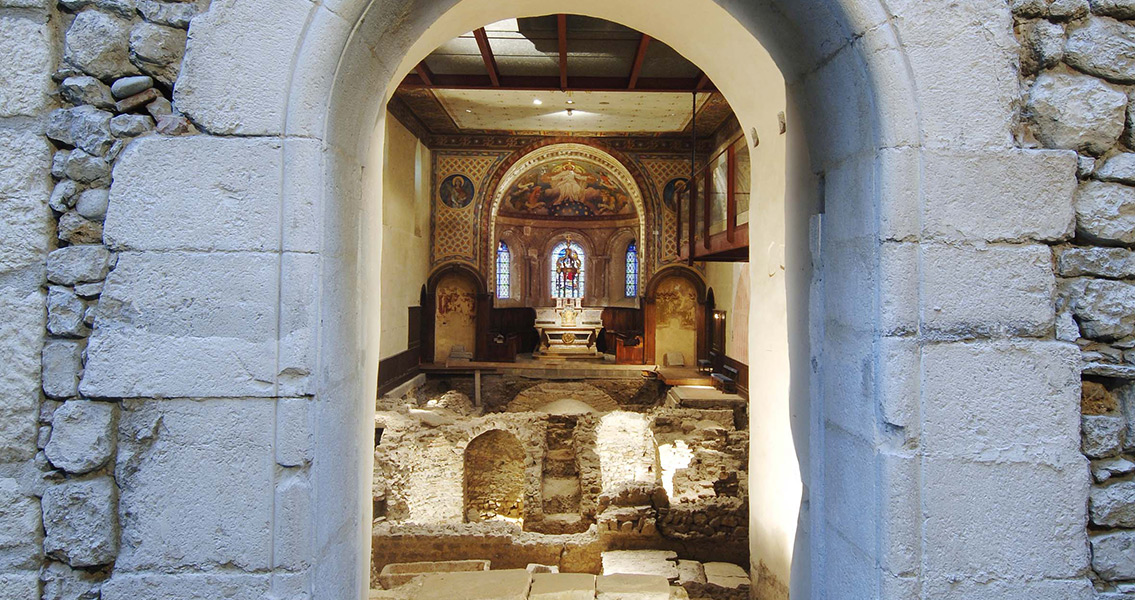<![CDATA[The little metal box was buried next to a corpse at Saint Laurent Church in Grenoble, France. Measuring just 4cm (1.6”) the little box proved to be impossible to open due to the fragility of the metal, caused by extensive degradation. This left archaeologists peeking through the broken lid where they could see three circular items which resembled coins, with inscriptions too illegible to read, and no way to learn more. The church (now an archaeological museum), is located in the heart of Grenoble and has been at the center of archaeological excavations for 20 years. The site has revealed more than 2,000 objects and 1,500 tombs dating back as far as the fourth century CE. The metal box was found in one of 195 graves dating from the seventeenth century. The first effort at restoration was undertaken to stop the oxidation process which was slowly destroying the metal. Yet despite these efforts the box continued to resist all struggles to open it. Archaeologists then sent the mystery box for examination by the European Synchrotron Radiation Facility (ESRF) which uses one of the world’s most powerful X-ray machines. Scientists at ESRF scanned the box using phase contrast synchrotron X-ray micro-tomography, a technique similar to a high powered medical scanner which is capable of producing 3D images in high resolution in a non-destructive manner. They were amazed at the results. Tomographic sections revealed the contents were not metal coins as first thought, but small clay medals, and the box also contained two pearls. Using 3D imaging the contents were “virtually” extracted, and although the three medals were stuck together and in poor condition it was possible to separate them using digital segmentation. The scientists then applied virtual 3D lighting and rendering techniques to produce images revealing details which would have been impossible to see with traditional lighting. The medal in the middle of the stack (the most legible) shows Christ on a cross with two figures below him. The opposite side symbolizes Christ’s resurrection with a figure in a thorny crown and one leg out of a tomb, holding a standard of the resurrection with his right hand. The other medals were identical but with damage in different places. In the case of these, the illustrations and the inscriptions were reconstructed by combining the images of both medals. On the first side, a scene of Christ’s baptism and the inscription VERBUM CARO, FACTUM EST (John 1.14: And the word became flesh). The second side is an illustration of the three Magi bringing gold, myrrh, and frankincense to Jesus, who’s shown as an infant on Mary’s lap. The inscription ADORAMUS TE, CHRISTE ET BENEDICIMUS TIBI is the opening of a psalm, “We adore Thee, O Christ, and we bless Thee”. Identifying these medals reinforces existing knowledge regarding the local population in the seventeenth century. Perhaps even more important is the discovery that images of such high quality can be attained without damaging the artifact, and the new possibilities this could open for archaeologists. ]]>
X-ray Technology Reveals Secrets inside 17th Century Box
